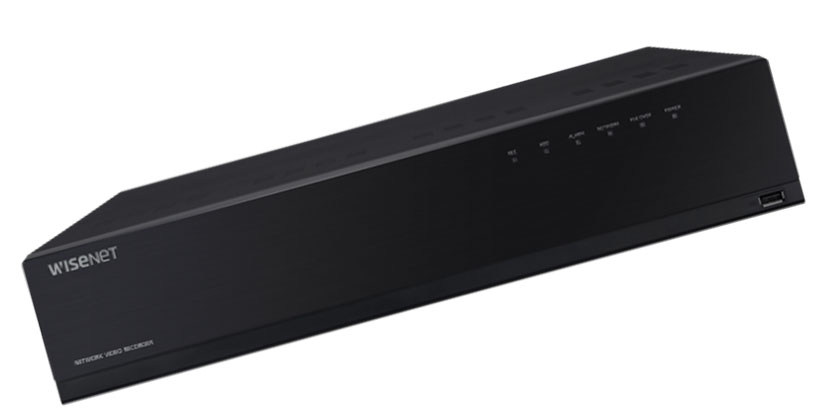The power of VMS solutions is well understood. Video management software offers a high degree of flexibility, and systems are scalable to meet a wide range of needs. Using software-based switching rather than limited hardware switching makes them able to handle customised actions and logical decision-making, which allows the creation of truly bespoke systems.
Support for third party devices, the ability to integrate with a host of other systems, remote management via network-connected workstations or mobile devices and the cost-effective nature of flexible licensing makes the VMS the first choice for any forward-thinking integrator or end user who is serious about receiving a tangible return on investment.
However, one downside for some is the need for servers and infrastructure to enjoy the benefits of a VMS. In some smaller applications, the cost savings over the lifetime of the VMS are ignored because the initial outlay for IT infrastructure is beyond the user’s budget. Despite a preferable cost of ownership over the life of the system, the initial outlay is too high.
Another way the infrastructure can be a stumbling block is if the IT department doesn’t want the load associated with streaming video on the network. Often networks are designed for the needs of a business at that time, and without a significant upgrade might struggle to cope with the increased load.
In such circumstances, it does not mean a VMS cannot be implemented. The way to avoid these issues is to use a video appliance: essentially a desktop server which seems very much like a powerful NVR, but runs the VMS software, allowing its benefits to be realised.
Wisenet WAVE PoE NVRs from Hanwha Techwin are designed to provide a cost-effective way for users to be able to take advantage of the Wisenet WAVE video management software, without having to install a server.
The 8 channel Wisenet WRN-810 and 16 channel WRN-1610S NVRs are equipped with a powerful processor to deliver a seamlessly integrated and optimised implementation of the VMS. The WRN-810 supports up to 12TB of storage, while the WRN-1610S stores up to 24TB of data.
The Wisenet WAVE VMS is embedded in the units, ready to be used out-of-the-box. This approach also offers integrators peace of mind as they are supported by customer care for the combined hardware and software solution.
The systems minimise the total cost of owning Wisenet WAVE by negating a requirement to purchase, install, house and maintain a server. Users are also able to take advantage of flexible licensing arrangements whereby they only have to initially purchase licenses for half the channels, only paying for the remaining licences if and when required in the future.
The cost of deploying the NVRs is further reduced by built-in PoE switches, which also save time and money as the device itself powers any connected cameras over the network cable.
Intended to meet the needs of small- to medium-sized video surveillance projects, with an emphasis on a simplified user experience, Wisenet WAVE features an intuitive drag and drop tool which makes it extremely easy for operators to set up a display of live and recorded images on a single screen or video wall, with customisable layouts and sizes. This tool is supported by a Layout-as-an-Action feature, which triggers a predefined screen layout to automatically open when an event occurs.
A wide range of smart search options, including keyword, calendar and time-slice search, enable operators to quickly retrieve recorded video of specific incidents. Adding to the ease of use, a virtual PTZ feature enables operators to zoom in to view details of any suspicious activity with a few mouse clicks.
The latest version of Wisenet WAVE is equipped with a number of new practical features including Push Notifications of user-defined alarm events. These can be sent to mobile devices. Embedded camera web pages enable operators to manage the settings of connected cameras without having to open a separate browser window.
An enhanced Smart search allows users to set-up an Analytics Event Region of Interest (ROI), which can be used to narrow a search to a specific area in the field of view. Integration with Wisenet AI cameras enables the attributes of classified objects or people to be displayed on recorded video. Users are also able to forensically search for specific objects or people by filtering the recorded metadata.


